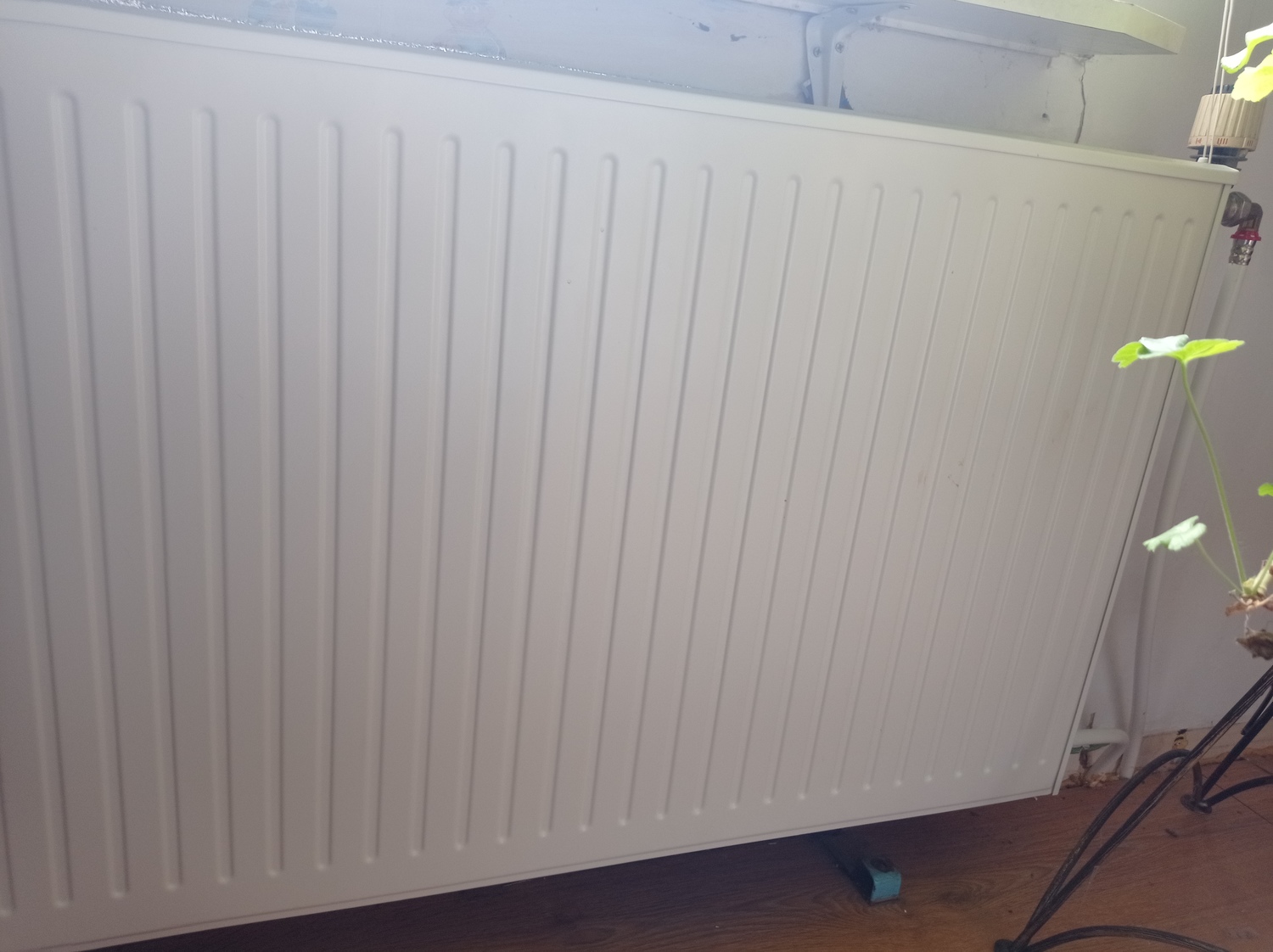Types of radiators
Updated: 2022-01-14
Your radiators will never leak if choosing the appliance you will consider whether and to what extent they are adaptable to certain usage conditions and what usage limitations are there in every specific case.
The main problems that arise during the operation of heating appliances are the following:

- Corrosion of internal surfaces
- Chemical and electrochemical corrosion
- Water-hammers
- Formation of gases in aluminium radiators
Throughout the world, a double-pipe system of heating is accepted– the heat-carrier is directed to appliances through one pipe, while exiting through another. It is the so-called parallel connection of appliances. With the single-piped system with consequent connection of appliances, a number of difficulties arise. To secure the required heating capacity of appliances connected in this way, it is necessary to ensure high mass distribution of the heat-carrier per time unit, which requires increasing parameters for both pressure and temperature. Another disadvantage of the single-piped heating system is its problematic control, since a parametric change in operation of one appliance brings forth changes in operation of the others. The double-piped system lacks this disadvantage. The use of the single-piped system requires that the heating appliances used have a large reserve of stability and low hydraulic resistance.
Another pecularity of a heating system usage is the requirement to always have it filled with water. The corrosion processes are much more intensive if the system is filled with air. The launching of the heating system should be performed fluently, with a gradual increase of pressure (turning on circulating pumps with the help of frequency converter). Neglecting this condition while launching the system very often results in water-hammers that simply ruin the radiator.
The main types of heating appliances are the following:
1. Panel radiators. High heat output per unit of capacity, affordable prices, and attractive external appearance make this appliance the most frequently used in the world. Panel radiators are perfect for cottage-type buildings with autonomous boiler-rooms. They can also be applied in blocks of flats with autonomous heating centres. However, these heaters do not endure water-hammers and require heat-carriers of a high quality, which practically eliminates them from the existing urban buildings. However, recently a number of European manufacturers have started the production of panel radiators with a height up to 300 mm, and with thickness of water-jacket wall up to 2 mm, which will also allow to use them in urban heating systems.
2. Tubular Steel radiators. The increased interest in them is due to the variety of possible design decisions and high sanitary level of these appliances. Tubular steel heaters have no problems with pressure, but as the metal thickness is up to 1,5 mm only, there is no reason for a long-lasting optimism regarding its use in the existing urban building.
3. Cast-iron radiators. They are practically unsusceptible to bad-quality heat-carrier, which results in quite a welcoming attitude of certain consumers toward them. But, unfortunately, cast-iron heaters are bad at withstanding water-hammers, and one should bear this in mind while choosing them.
4. Aluminium heaters. Eye-catching aluminium casting, sectional structure, low weight, and high heating capacity appeal not only to experts, but also to ordinary consumers. Aluminium heaters come in two variants: cast aluminium heaters, in which every section is cast as a separate detail; and extruded heaters, every section of which consists of three elements connected mechanically to each other. Tightness is achieved either by using sealing elements or through an adhesive connection. An essential problem in their exploitation is the necessity to upkeep the ph value (the acidity of heat-carrier) in quite a narrow scope, which is not easy to accomplish in urban and even residential building. Another drawback is gas formation in appliances. The stability parameters of extruded and cast heaters are quite comparable.
5. Bi-metal radiators. Despite the “aluminium” looks, these should be regarded as a separate group of heaters.
6. Floor-mounted heating appliances. Contemporary architectural decisions involving glass walls leave no room for traditional heating appliances. That is why during the last 5-10 years the demand and production of integral appliances have seen a sharp increase. The essential matter one should pay attention to is compatibility of brass tubes with the existing heating system. For example, the presence of copper-antagonists in it might cause substantial problems.
7 Convector baseboard heaters are heating appliances that are located not only below the windows, but also along the external walls, occupying very little space (no more than 10 cm in depth and 20-25 cm in height).
8. Convectors made of steel tubes. Despite they are still used widely, they are gradually being replaced by other types of heaters. Indisputably, these heaters have a long life-span, but their outdated design and low heating capacity makes more and more homeowners give up this type of heating appliances.
Comments (0)
